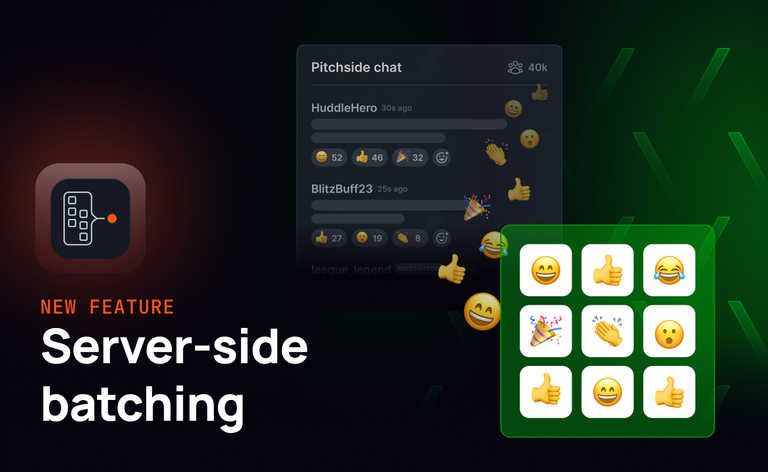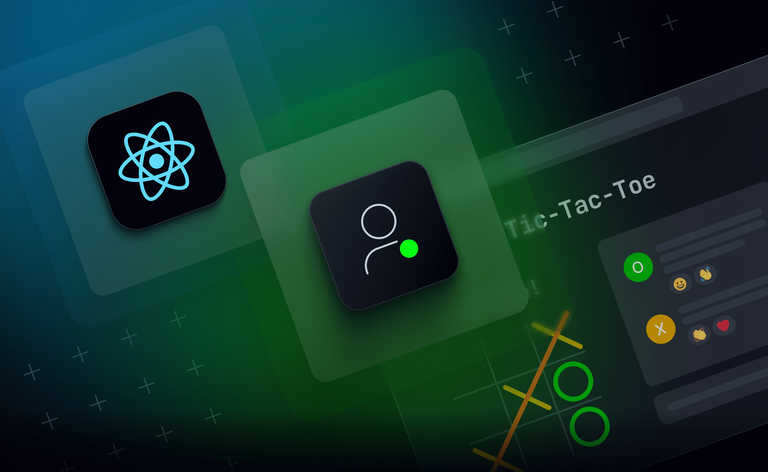What do Microsoft Word and Adobe have in common? Both had established market spaces completely disrupted by new entrants that brought realtime collaboration to the user experience.
Whilst the barrier to entry for adding features akin to Figma, Google Docs, and Miro had been high, it is now possible to build new collaborative applications, or even simply add collaborative features to existing applications – without building the realtime infrastructure that powers them.
In a recent webinar, Chief Product Officer Tim Buntel and Product Manager Srushtika Neelakantam showcased how to build collaborative environments in just a few lines of code.
Watch the full session below or read on for the key takeaways.
The rise of realtime collaboration
Tim opened the session by talking about how major players in a number of markets have been disrupted by competitors with collaboration features. Think Microsoft Word vs Google Docs, Adobe vs Figma, or even an office whiteboard vs Miro. He went on to explain exactly why these features are so disruptive.
- Online experiences are better when they are realtime.
Allowing users to collaborate in realtime takes online experiences to another level, increases productivity, and provides a sense of togetherness that’s often lost in the virtual world.
- Creating collaborative experiences from scratch is hard.
While the benefits of making an app collaborative are clear, delivering these features isn’t easy - even for companies like Figma. Director of Marketing Claire Butler talked on a recent Lenny’s podcast about the decision for Figma to come out of stealth mode in 2015 - before multiplayer features were developed.
She explained that when the idea was floated, everyone said "you can't launch without multiplayer - it’s the core thing”. But Evan, their CTO, said it would take about another year for them to build it and they couldn’t wait that long to start getting feedback on the features they already had. In the end, they emerged from stealth, and decided to put in the massive effort to build collaboration later.
Figma and other early disruptors either had large development teams or long development times. And even then, it took specialist skills to figure out the realtime infrastructure challenges as well as correctly architecting the features.
And until recently not much had changed, adding and scaling collaborative features was difficult – but Ably has changed that.
Introducing Spaces: Build realtime experiences with Ably
Ably provides a hosted realtime messaging infrastructure as a service with SDKs that support a number of languages and platforms, which developers leverage to build all kinds of realtime applications.
Our existing Pub/Sub Channels product comes with a bunch of features that are really useful already, such as presence for connection management, rewind history, and integrations to connect to the other systems in your system design. But what we noticed is that while these flexible channels are incredibly useful for developers who know exactly how the realtime messaging part of their application should be architected, it's sometimes too much flexibility for others who are just looking to implement collaborative features quickly and move on to other priorities in the business.
And that’s where Spaces comes in.
In just a few lines of code, Spaces makes it easy to create a collaborative space, add members, and then build a host of features that help users work together, in realtime, productively.
In the webinar (starting at 19:58), Product Manager Srushtika Neelakantam took us through a demo of Spaces in action and showed the code that helps developers implement these features.
Take a look for yourself at the links below:
Get started with Spaces
Spaces is currently available in beta. To get started simply:
- Sign-up for a free developer account.
- Take a closer look at our interactive Spaces demo.
- Dive into the Spaces docs.



